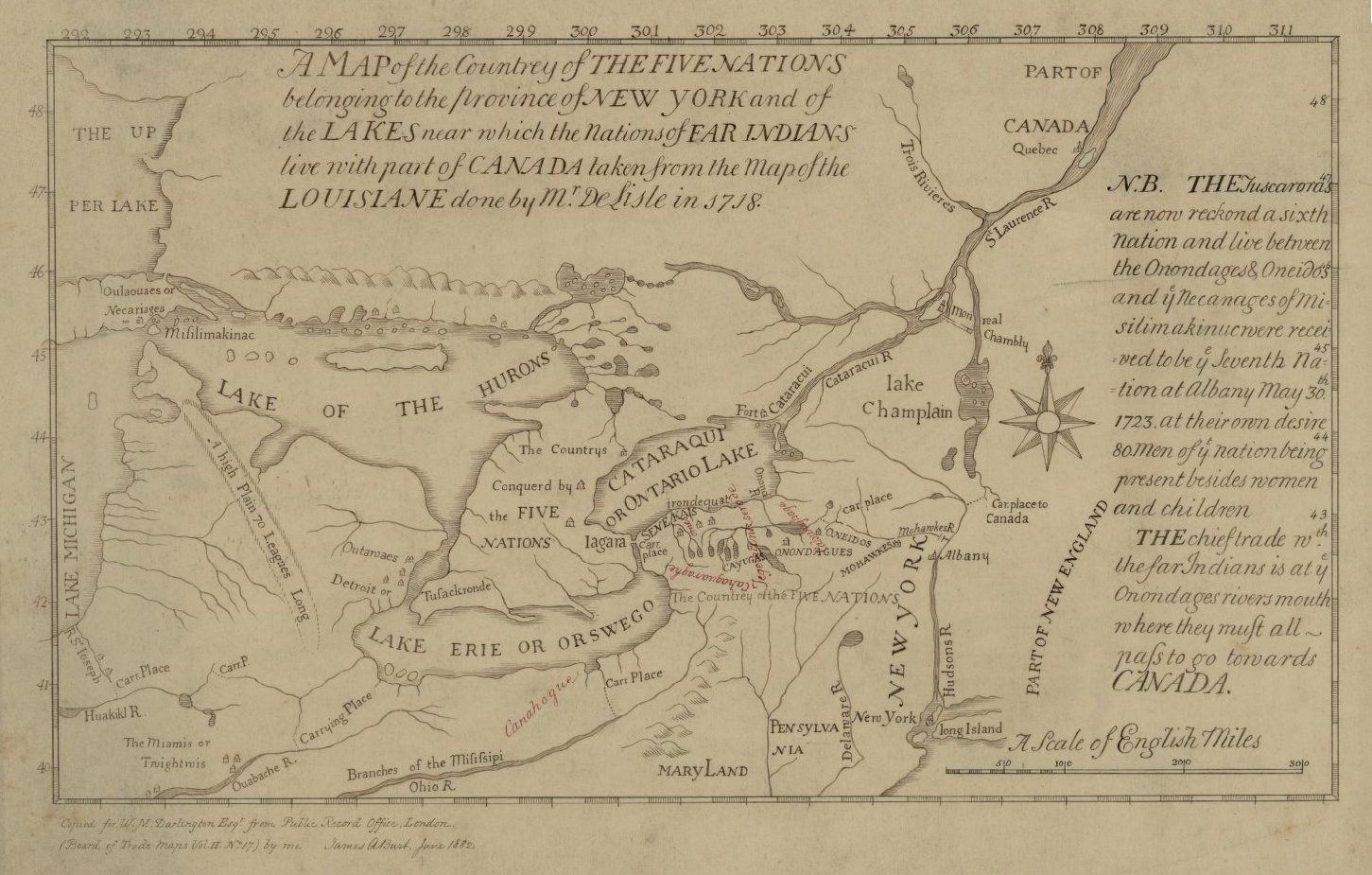By: Sara Loft
The birth of a nation’s independence does not factor in the birth of society and the Indigenous people. Indigenous people still remain in their countries. In fact, several Indigenous people have migrated to other locations for their survival. Still to this day, some Natives living on their land continue to practice their traditional roots, various customs, and rituals. Despite the horrors... against all odds, the majority of Indigenous people remain proud of their heritage, cultural values, and resiliency to this day. They have faced oppression, genocide, diseases, and pressure to conform their values to mold into society. Is this the spoken word of life? I fully disagree!
Before notable discoveries, writer George Elmore Reaman admits that “the origin of the American Indian is obscure. ... The Indians came in bands, crossing from Siberia to the Seward Peninsula of Alaska before, during and after the last Ice Age, when Asia and America were joined by land. The North American Indians can be divided into seven cultural areas: Eastern Woodland, South-eastern, the Plains, the South-western, the Plateau, California, and the North Pacific.” One of the Eastern Woodland Indians is known to be the Iroquois people (or called the Haudenosaunee; People of the Longhouse). The Iroquois Confederacy consisted of Five Nations before the Sixth formed in the 18th century. The original Five Nations are the Mohawk, Onondaga, Oneida, Cayuga, and Seneca. The southern Tuscarora was the last addition to the confederacy. The Iroquois mostly remain locally here in the Western New York region but we are scattered across the entire state, northern Pennsylvania as well as parts of the Ontario province in Canada. There are probably more of us than acknowledged. An American ethnologist W.M. Beauchamp cited a narrator David Cusick (a Tuscarora tribe member) that the Iroquois was “in the reign of King Atotarho IX, perhaps 350 years before Columbus discovered America. [They became] a powerful nation, occupying the country lying between the Genesee and Niagara rivers.” In fact, the Mohawk has been considered to own the oldest language of the entire confederacy. A few centuries later, there was a French navigator named Samuel de Champlain recorded as the first European settler who created maps and marks of the Iroquois Nation. Wars broke out including the famous American Revolutionary War. However, after the American Revolutionary War, Mohawk Indian Captain Joseph Brant led a handful of people to survive to the now Ontario province in Canada departing New York state.
In the 2010 Census, more than 45,000 are enrolled as Six Nations people living in Canada. However, we have over 81,000 members in the United States alone. Regardless of race status, there are large amounts of people who are at least part Native American Indian. The Indigenous peoples are not to be dismissed but recognized for their existence. Last year on October 8th, President Joseph R. Biden Jr. proclaimed the very day as a national day to honor and forevermore celebrate Indigenous Peoples’ Day. “They hold vital ancestral knowledge and expertise on how to adapt, mitigate, and reduce climate and disaster risks.” This is an example of the great things Native Americans do to help our nation, words from President Joseph R. Biden Jr. In my humble opinion, I was pleased to hear about this proclamation because it brings unity and equality among the entire race. They hold vital ancestral knowledge and expertise on how to adapt, mitigate, and reduce climate and disaster risks. After all, we all are part of the same race — the human race!
Image Source: Darlington map collection, Archives Service Center, University Library System, University of Pittsburgh, Pittsburgh, PA US

